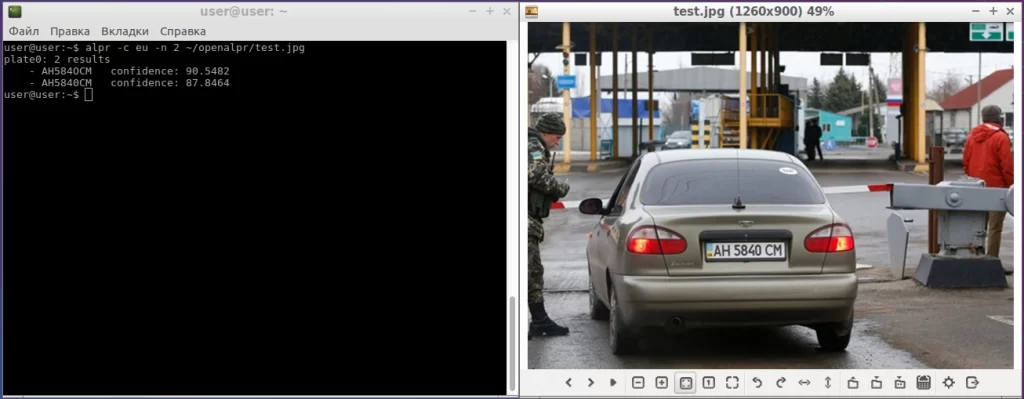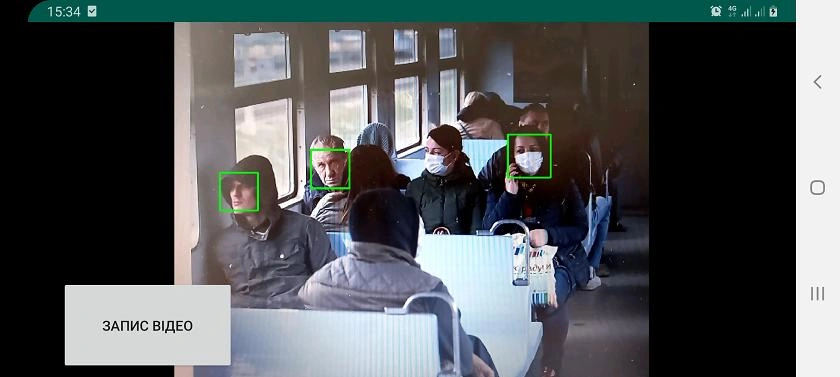Developments
it-is-it
Development of a mobile video surveillance system of road and roadside conditions
We propose to create a mobile video surveillance system, the elements of which (cameras, spatial coordinate sensors, gyroscopes, control and calculation unit, transmission devices, etc.) will be installed on public and municipal transport and will process video information in real time to reduce the amount of transmitted data. For this purpose, methods of selective perception of video information, methods and means of quick identification of object features and their search by these features, methods of parallel and conveyor processing of video information, methods of determining moving objects and their parameters can be used.
The aim of the work is to create a system for collecting video data on road and roadside conditions, as well as the state of public transport: city, regional or national scale for more effective detection of crimes and terrorist acts that occurred in video surveillance areas.
The scope of the proposed system is urban and suburban transport, which records video images of the road and roadside situation in a given period of time, as well as the situation inside a public vehicle (TV) with reference to the time and place of recording.
There are prospects for a significant expansion of the video system’s functions to recognize license plates, people’s faces, dangerous situations, etc.
To identify license plates, OpenALPR uses OpenCV algorithms, including the Kenny and Huff algorithms for line recognition. The HOG algorithm is used to extract object contours. To search for a license plate object, Hoare cascades and the Viola-Jones method are used.

Tesseract OCR is a text recognition program that allows you to convert a graphic image of a character into its equivalent text format. The program supports many recognition languages (including English and Ukrainian) and many text formats (including UTF-8). The received graphic object “license plate” is passed to this program, which converts it into a sequence of UTF-8 characters.
The main functions of graphic data processing (Gaussian filter, Kahnee algorithm, etc.) were taken from OpenCV, while the determination of a fixed gap between letters and words, character separation and classification, and letter and word recognition were based on Tesseract algorithms.
To implement the algorithm and apply video recording and face detection, we used the functions of the OpenCV library, as well as specially trained Hoare cascades using the Viola-Jones method. In general, the use of mobile systems of this type will expand the area of video surveillance in cities and outside the city and reduce the cost of implementing video recording systems for roads. The system will also allow detecting and controlling crowds in different places to prevent the threat of terrorist attacks and help solve possible crimes.

We expect possible requests for the development of such systems from manufacturers of autopilots for cars. The project is being implemented in cooperation with the Institute of Cybernetics of the National Academy of Sciences of Ukraine.

